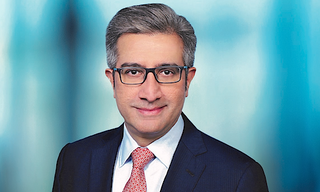The introduction of various mobile payments solutions such as mobile payWave and in-app payments have transformed the way Singaporeans now pay for everyday items.
According to the Visa Consumer Payment Attitudes Survey 2016, two thirds of Singaporeans have made device-initiated payments.
Increased connectivity, coupled with the wider payment methods and form factors have transformed consumers’ experience in every aspect including payment.
Invisible Payment
Based on VisaNet data, seven in 10 Visa cardholders are already making device-initiated payments and more than one in five Visa cardholders are active using in-app payments, fuelled by use of transportation booking apps.
«The payment experience is becoming invisible and we believe this trend will continue with the introduction of more innovative players and services,» said Ooi Huey Tyng Visa Country Manager for Singapore and Brunei.
On Demand Services Propelling Mobile Payments
On-demand services are also accelerating the growth of mobile payments. Close to two thirds of Singaporeans have used on demand services based on the study. There is significant transformation in the service model especially for transportation, meal delivery and groceries delivery.
Seventy-one per cent of respondents cited convenience and efficiency as the top benefits for using such services while 35 per cent of them stated that they enjoy shopping in the comfort of their own home.
More Demanding
As on-demand services infiltrate and become a bigger part of consumers’ lives, their expectations have also shifted.
According to the survey, majority of the respondents expect their transportation (e.g. taxi or a car) to arrive within 10 minutes from the time they book the service, meal deliveries to arrive within 30 minutes upon ordering, and groceries to be delivered within 45 minutes.
Peer-to-Peer Payments Embraced
Singaporeans are also starting to embrace peer-to-peer payments. The survey showed that seven in 10 respondents are aware of such options and one in four respondents are already using peer-to-peer services to split a bill after a meal.
The benefits of using peer-to-peer payments are fuelled by merchant awareness and convenience.


























